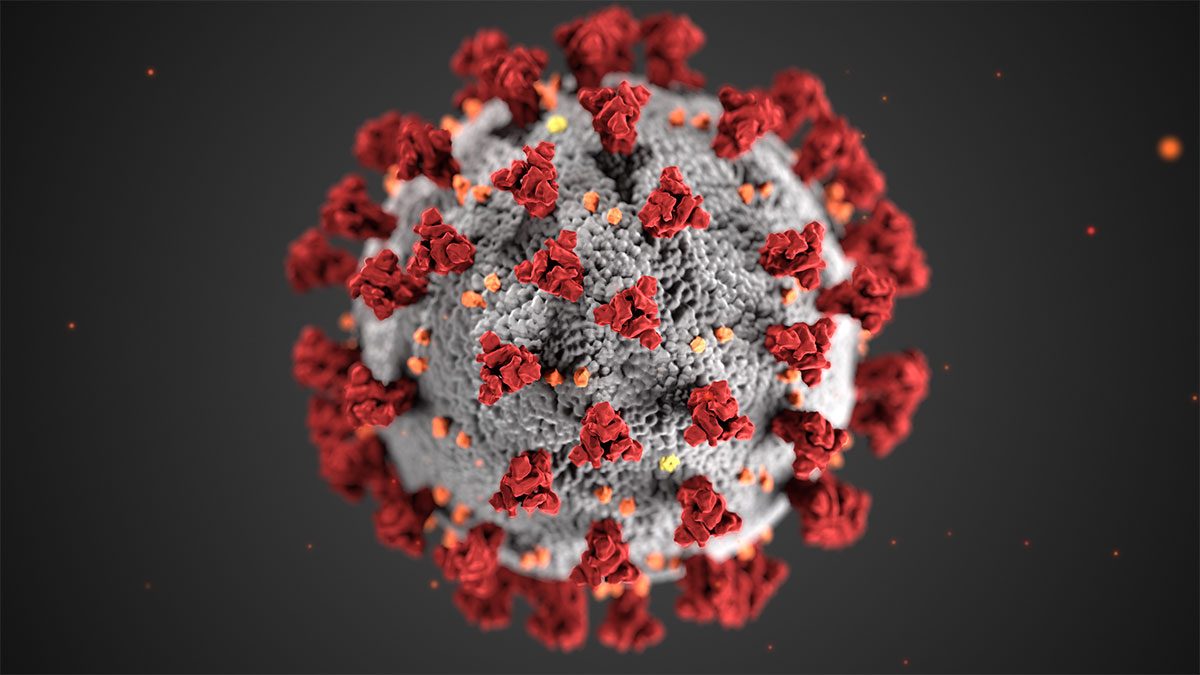Learn about the deep roots of the first N95 mask
December 4, 2020
N95 mask – One of the most important medical protective equipment today has undergone hundreds of years of development and completion. Despite seeing and using it every day, how many of us know their origins and history. The following article will give you the answer:
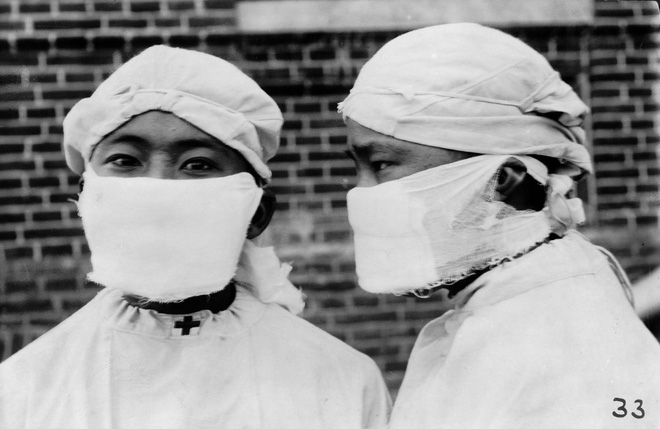
1. The very first mask designs.
It is difficult to find a symbol more fitting for the Covid-19 epidemic than the N95 mask. The mask tightly embraces the face, capable of filtering up to more than 95% of the tiny particles in the air (PM 2.5 fine dust), viruses, toxic smoke …
Something ordinary people like cloth masks and medical masks cannot do. A fragile polymer patch becomes the most important medical device in the 21st century, why is that? Surely you are just as curious as me! It all started in 1910, with an unknown doctor – Who wanted the world out of one of the worst diseases of the century.
1.1. The first mask was used to avoid “smelling”.
Christos Lynteris – Senior Lecturer at the Department of Sociology Anthropology of Saint Andrew University after many studies have suggested that bacteria and viruses can spread in the air and cause disease in humans. Although at that time, people used face masks, but not to prevent the spread of disease. Diseases like the plague, they believe, were caused by miasma or poisonous gas rising from the ground. As a result, a series of masks were introduced throughout Europe in the 1960s.
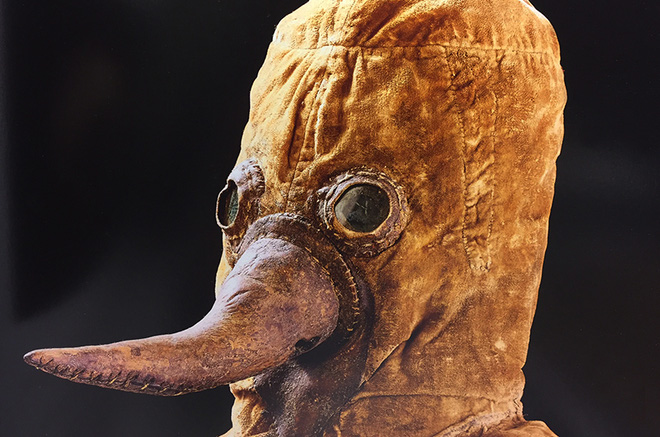
Everyone told each other that just wearing a mask to keep from smelling the plague would not be infected with this deadly disease. Doctors are tasked with determining the disease – They will wear these masks and beat the sick person with a stick.
Christos Lynteris points to the Renaissance painting and says it is the setting of Marseilles, France, in 1720, which was once the epicenter of the plague. The characters are covering their noses with masks to avoid disease, and these masks have an elongated shape that mimics the beak. On the mask there are 2 breathing holes in the side and can put incense (or incense) in it.

It was not until the 1870s that scientists learned more about bacteria that the concept of miasma was gradually rejected. And that was also the time when the horror design of the gas mask was terminated.
1.2. The appearance of the surgical mask but … just the cloth wrapped around the face.
Since 1897, doctors have worn surgical masks while working. Only at that time, they were no different than a handkerchief wrapped around the face, they also could not filter out disease-carrying particles in the air. They are created with the sole purpose of preventing a doctor from coughing or sneezing into the wound during surgery.
This is the most important premise to distinguish between masks and respirators. In fact, medical professionals were very worried when they had to instruct how to wear surgical masks when in contact with Covid 19 patients. Usually, respirators are not only made of different materials than masks that also fit perfectly onto the face for maximum air filtration.
2. The respirator first appeared – Born from disease and stigma.
In the fall of 1910, a disease broke out in Manchuria – This was the disputed area between Russia and China (At that time). This epidemic caused an incredibly high death rate. “100% of the infected people are not alive and they think the cause of the disease is flea” – Mr. Lynteris said. This has spurred a race in health and science. China wants to show off its scientific capabilities in order to make claims about sovereignty.
The Chinese side sent a young doctor named Wu Lien to study this epidemic. After examining a body, Wu said the disease was spread through the air, not through fleas, as many people suspect.
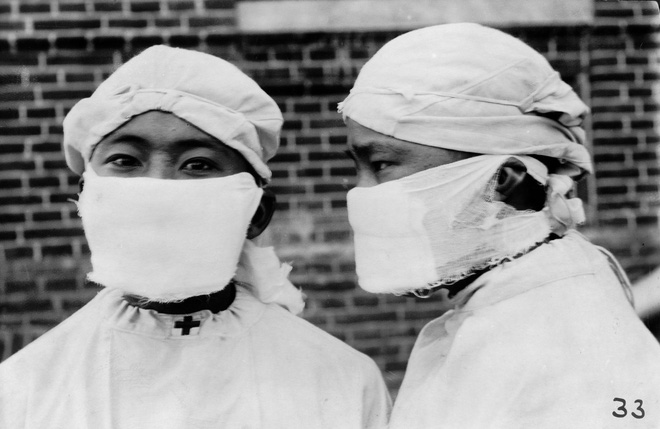
With that belief, adding to the knowledge of surgical masks he had seen in the West, Wu designed a stronger mask out of cotton and gauze. This type can be wrapped around the face and added multiple layers of fabric to filter the air. Wu’s invention was considered a huge breakthrough, but Wu received only skeptical and disdainful glances from his colleagues.
Lynteris also knew: “When Wu explained to a French doctor about his hypothesis that the epidemic was pneumonia and was spread through the air, this French man insulted Wu. What can we expect from a Chinese person, he said. And to prove what he said, he went to take care of people in the hospital without Wu’s mask. As a result, the Frenchman died 2 days later from the disease ”.
Even the doctors in that area quickly developed their own masks, but perhaps no one can get past Wu’s shadow. It’s a great design, hand-made from inexpensive, readily available materials.
From 1 – 2/1911, the production of masks increased at a dizzying rate and almost everyone wore it. From medical personnel, soldiers to ordinary people also wear them every day. Wu’s mask not only helped prevent the spread from the disease, but also became a symbol of modern medicine.
1918 – The emergence of the Spanish flu made Wu’s mask more popular in the scientific community as well as the public. Many large companies and corporations around the world increase production of such masks to reduce the spread of the flu.
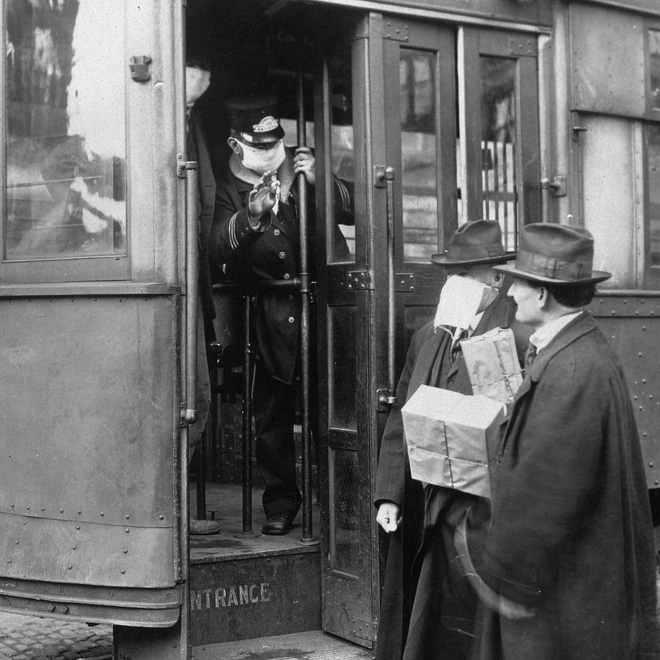
3. Finally, the N95 mask was born.
The N95 mask is a descendant of Wu’s mask. During World War I and II, scientists created a gas mask covering the human head, effective to clean breathing air. Not only is this mask sealed, this type of mask is also lined with a fiberglass filter.
Although they result in relatively high health protection, they are quite bulky and heavy, the reason for this is the filter. And it is not suitable for people who have to work in the construction environment when they have to regularly breathe asbestos but do not want to wear a mask because it is quite hot on site.

Finally, in 1970, the Department of Mines and the National Institute of Health and Safety also came up with the first criteria for “disposable gas masks.” And 3M was the first company to grow. This is the disposable N95 dust mask that was approved in 1972.
Instead of using the usual fiberglass, the company reuses a technology it has developed to make stiffer strips for the filter. They used the molten polymer and blew it into layers of the filament that made the fiber harder and used them as filters.
Dust particles in the air, whether silicon particles or viruses … when passing through this filter will also be trapped inside and unable to penetrate the human respiratory system. In addition, 3M also adds electrical charge to this filter material to help them prevent smaller particles that can still be breathed easily because the holes between these fibers are quite large.
However, up to a certain point, when the space is filled with particles, it becomes more difficult to breathe. That is why N95 masks should not be used for more than 8 hours / time, especially in dusty environments.
Over the decades, N95 respirators are also used in many different industries. And the demand for masks again skyrocketed in the 1990s when drug-resistant TB returned.
To prevent viruses and bacteria from spreading in the air, N95 respirators naturally become standard equipment for health care workers. Both doctors and patients use this type of mask.
To be fair, the N95 isn’t perfect. Nothing in the world is 100% perfect. It is designed to fit the user’s face, be it children, the elderly or the person with a beard. But if they are not sealed, not used properly, they will not work as well as advertised.
However, N95 masks have had hundreds of years of development and have coped with various crises. Based on science, consumer demand that “variations” of the N95 began to appear in a positive direction, such as adding breathing valves on masks, adding nano filters, activated carbon cloth … Helping N95 masks to protect users in the best way And for sure, that development will continue even after the Covid pandemic is over.

Hopefully the following article has helped you better understand the history of the formation and development of the N95 dust mask. If you still have any questions, please contact us to learn more about you!
Source: Monamask.com



